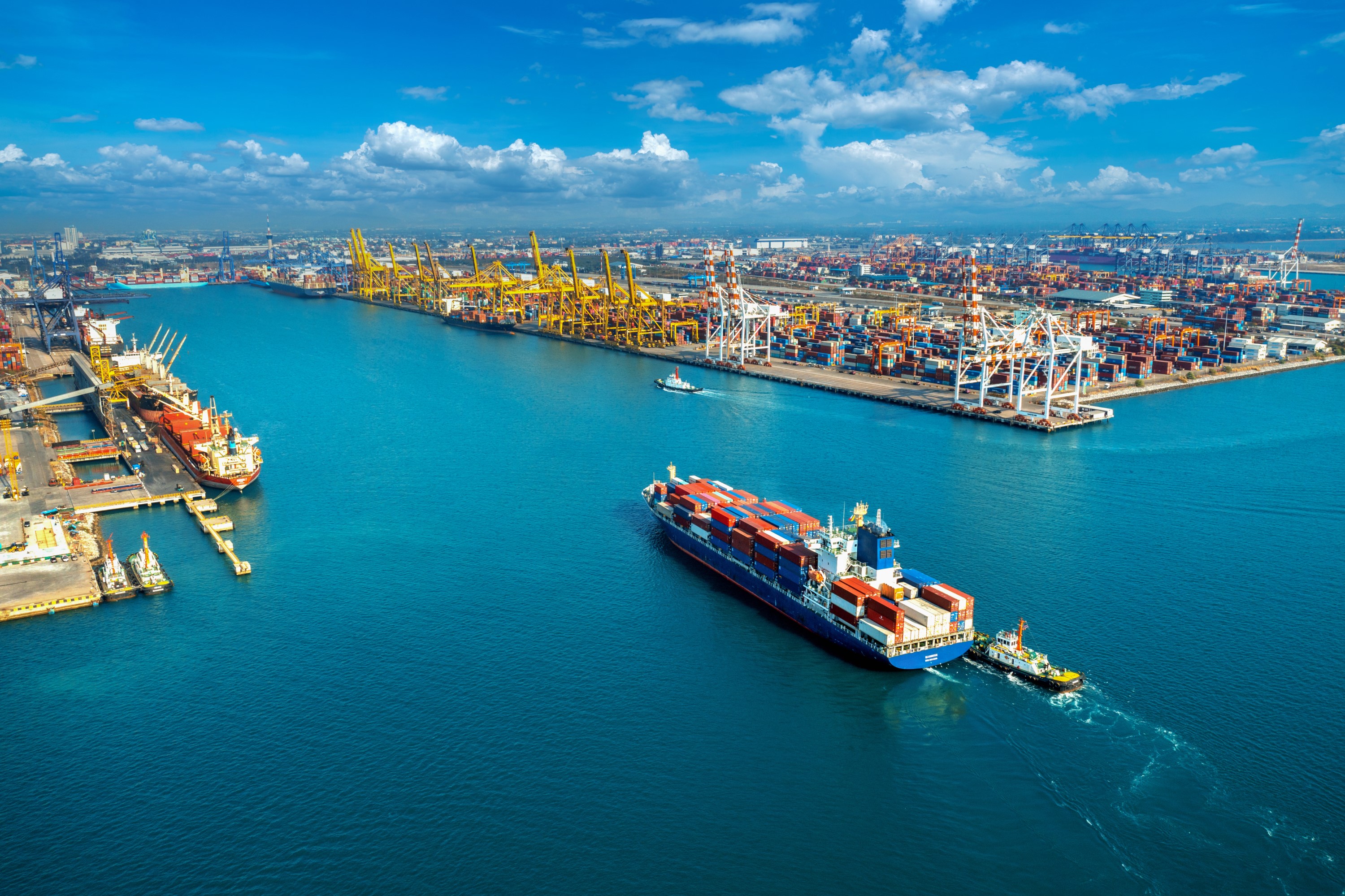Climate Action and Sustainability in Trade Today
24 October 2023•
While the global economy has grown 100X in the past 60 years, global trade has grown exponentially faster, growing 250X since the 1960’s.
Global trade has become the bloodline to the world’s economy, and today accounts for 25% of global GDP. Trade has boosted economies, not just in the West, but across economies around the entire world. Asian ports now dominate the “Top 20 Trade Hubs” lists, as they export and import more goods than any other. Chinese ports make up nearly half of that list. Global trade and logistics also employ anywhere between 5-10% of the world population, with emerging markets saying it creates many more job opportunities in comparison to advanced nations.
With this influx in wealth and prosperity that is being spread throughout the globe – in large part thanks to globalization which has been made possible through global trade and the supply chains the industry builds and maintains – there are also other concerning impacts we must all consider and mitigate. As consumerism continues to rise, and the world continues to make, move and use goods around the world – we are all putting our ecosystems under great strain.
Shipping's Ripple Effect
Just looking at the supply chain alone, we see that transportation accounts for 16% of global emissions, of which freight transportation accounts for nearly half (8% of global GHG emissions). 90% of all trade traverses our beautiful oceans, carried by thousands of ships each day, before being loaded onto trucks and railways that transport them to their final destinations. Though shipping only accounts for 10% of global transport related emissions, it impacts our oceans in a myriad of other ways. Each year, 10 billion tonnes of ballast water containing invasive species is transported from one shoreline to another. It is estimated that 7,000 species are transferred in ballast water every hour of every day, impacting the biodiversity and the health of our marine ecosystems. Oil spills, though declining each year, are also another environmental impact we must work to mitigate.
The critical nature of our supply chains and the importance of global trade have really been highlighted in recent years, as the world reeled from pandemic lockdowns that created dramatic supply shocks across the world. Wars breaking out between Russia and Ukraine have only underscored our reliance on global trade for food security and energy security across not just entire nations but entire continents. Humanitarian crises also rely on global trade and logistics to get critical aid to where it needs to go, in order to save human lives. All of these world events have not just accentuated the critical importance of global trade, but also where environmental, social and economic improvements can be made.

In this Special Report, we detail some of the strategies and approaches taken by trade stakeholders around the world to work towards a more sustainable future, whether that is towards decarbonization, energy security, food security, or environmental impact mitigation.
With many countries committing to achieving net zero carbon emissions by 2050, there is a race against the clock to upgrade the world’s energy and trade infrastructure to achieve this. This includes electrifying everything from cranes, trucks, lifts, ships, and robots, and utilizing biofuels during the energy transition. We hope it inspires our readers to see advancements being made, while also lighting a fire in our bellies to do more.

%2Fuploads%2Fsustainable-intl-trade%2Fcover.jpg&w=3840&q=75)